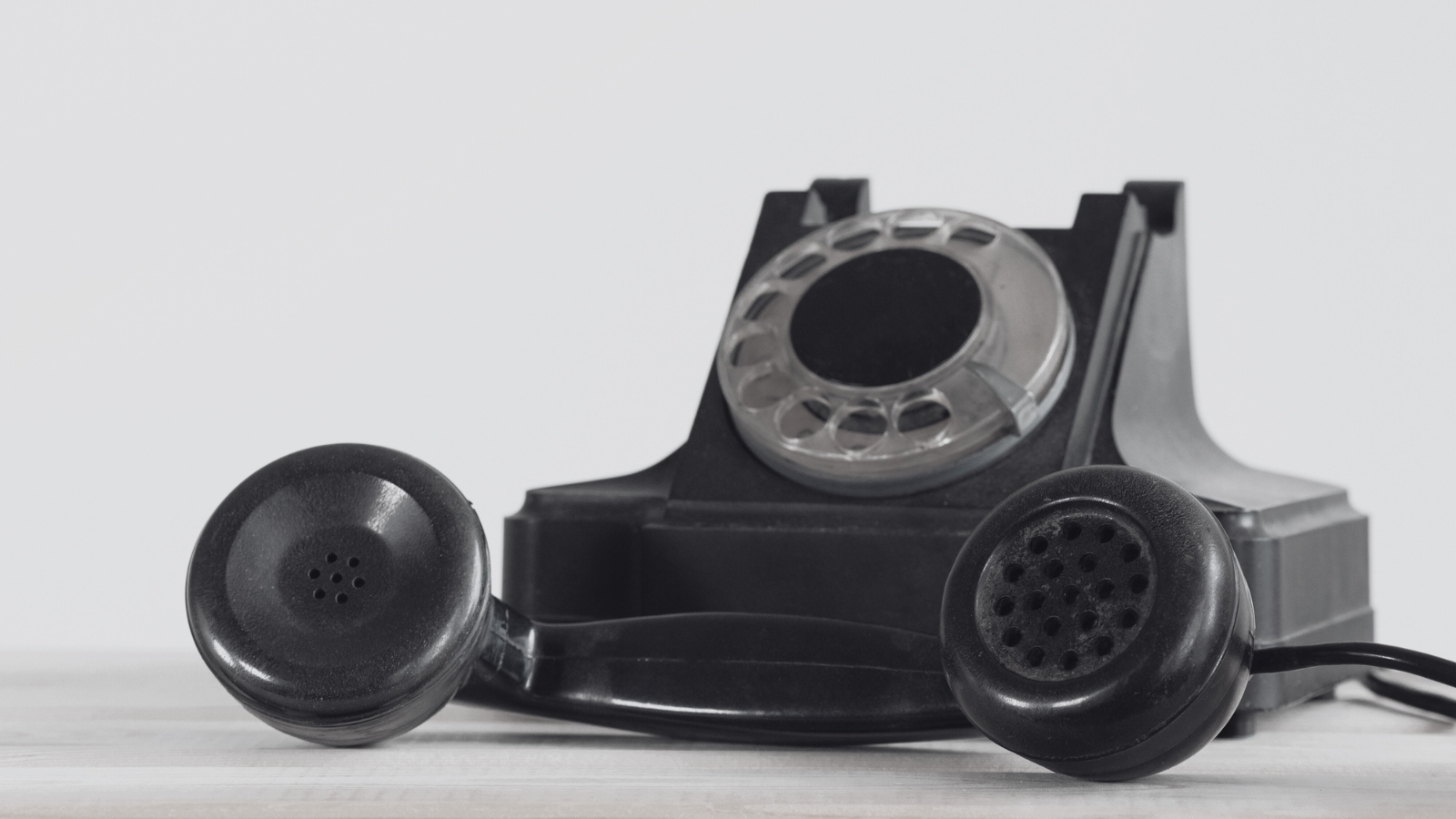It’s always exciting, but it also brings nostalgia when technology finally hits the end of the road. The VHS gave way to DVDs, cassettes replaced 8-tracks, and then CDs kicked cassettes to the curb, and now the time has come to bid farewell to POTS (plain old telephone service) telephones and embrace VoIP. A recent National Center for Health report shows that 73 percent of American adults lived in a household with no landline but at least one cell phone. The life of POTS has been consistent, tried and true, and always dependable, and we thank you.
Why are POTS Disappearing?
The reality is that POTS telephone lines are expensive to maintain, and the FCC deregulated them starting in 2025. The service providers no longer have a mandate to upkeep them. That doesn’t mean they will be turned off but will no longer be supported. For example, in its application to the California Public Utility Commission for its multi-year plan to move landline customers to cell phones, AT&T said, “No customer will be left without voice or 911 service. For customers who do not have alternative options available yet, we will continue to provide their existing voice service as long as is needed.” This generous stance by AT&T in California may or may not follow any local service providers near you.
The industry and government shift away from POTS telephones has paved the way for most organizations still using POTS telephones to start the transition.
VoIP is the New Standard, but What is VoIP?
Voice Over Internet Protocol (VoIP) is the standard that turns voice calls into data packets sent through your internet connection. VoIP is used on cell phones, computers, tablets, and really anything that can connect to the internet. The earliest, pre-VoIP, ideas to turn voice into data packets were in 1989 by a gamer named Brian Wiles in the US and 1990 by Autodesk founder John Walker in Europe. They devised similar plans but completely separate applications; they found kindred spirits in one another and decided to work together, and produced a product Speak Freely that is still available today. It was technology kismet.
Since then, the technology has been standardized and accepted worldwide as VoIP. Today, about three billion people around the world use VoIP on their mobile devices.
How Does VoIP Make My Life Easier?
VoIP uses your solid internet connection to make and receive calls from virtually any device. One specific advantage of VoIP technology is that it opens your world up to being found, with the Find Me/Follow Me feature, wherever you are, instead of being shackled to one location with one number through a POTS telephone—simplicity at its finest.
The features continue, and to learn even more, check out Centra IP’s business solution.
When Should I Upgrade from POTS to VoIP?
You do have some time before it becomes critical, but it would be a good idea to begin evaluating your needs and pushing forward with a solution that fits your business. The last thing you want to do is wait too long and end up with a product or service that negatively affects your business.
What is the Cost of Switching to VoIP?
There are a couple of scenarios: either you bring in VoIP for your service and keep your existing hardware or go fully digital with softphones and user consoles on your computer. Overall, on average, VoIP will save you up to 50 percent per month compared to your previous POTS telephone service.
Get Ahead of POTS Disappearing, Call Centra IP Today
Don’t let this precious time slip away. Start your preparations for the end of POTS now and let Centra IP help you manage the transition. We are the experts, so you don’t have to be. Our full-featured offerings are just the beginning. Our Support and level of customer care will keep our partnership going for years to come. Contact us today!





